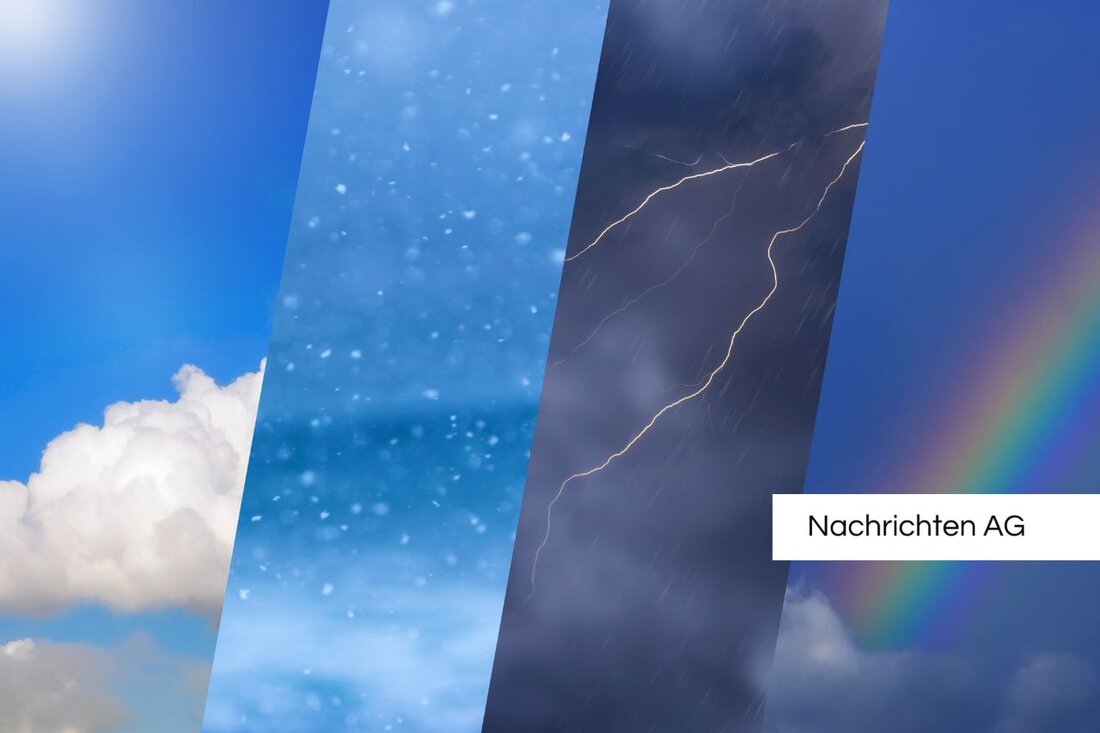Year of Extreme: Record heat and flood disasters in Austria 2024
Year of Extreme: Record heat and flood disasters in Austria 2024
Österreich - Today, on May 30, 2025, the climate status report for Austria will be published, which summarizes the extreme weather events and heat periods of 2024. According to 5min , the most warmest year in the measurement history in the country. Record heat, longest documented heat waves and the highest number of tropical nights were recorded. Massive rainfall in September, which led to devastating floods and demanded six fatalities, were particularly alarming.
The damage caused by this extreme weather conditions amount to several billion euros. The climatic status report is created annually on behalf of the climate and energy fund and all nine federal states and is the result of a collaboration with the Climate Change Center Austria (CCCA), the University of Natural Resources (Boku) and Geosphere Austria. The findings confirm that the higher temperatures increase the likelihood of extreme precipitation, which makes it clear a worrying weather trend.
extreme weather events
in 2024 almost every month in Austria were too warm, only November showed average temperatures. The ORF reports that the area of the air temperature in the lowlands was 1.8 degrees above the average between 1991 and 2020, which corresponded to an increase of 3.1 degrees compared to the climate control period from 1961 to 1990. In addition, in 2024, 0.5 degrees was warmer than the previous record years 2023 and 2018.
The analyzes show that extreme temperature deviations such as 2024 are possible at the climate level achieved. While the rainfall over the entire country was eight percent above the long -term average, some regions, especially Lower Austria, were affected by extreme amounts of rain.
consequences of climate change
The Central Institute for Meteorology and Geodynamics (ZAMG) also warns of the long -term consequences of climate change. A temperature increase of up to five degrees is expected by 2100, which could increase the number of heat days from currently 40 to 60 to 80 heat days per year. In the past 30 years, the temperature in Austria has already increased by 1 to 1.5 degrees, which underlines how urgently there is a need for action. In this context emphasizes Miss.at that a stable snow cover will only be possible at high altitudes over 1,500 to 2,000 meters.
The ZAMG recommends compliance with the Paris Agreement to alleviate the negative effects of climate change. The climate status report makes it clear that in the upcoming years there is a close cooperation between the authorities, research institutions and the public to develop suitable measures to adapt to the climatic changes.
| Details | |
|---|---|
| Ort | Österreich |
| Quellen | |


Kommentare (0)